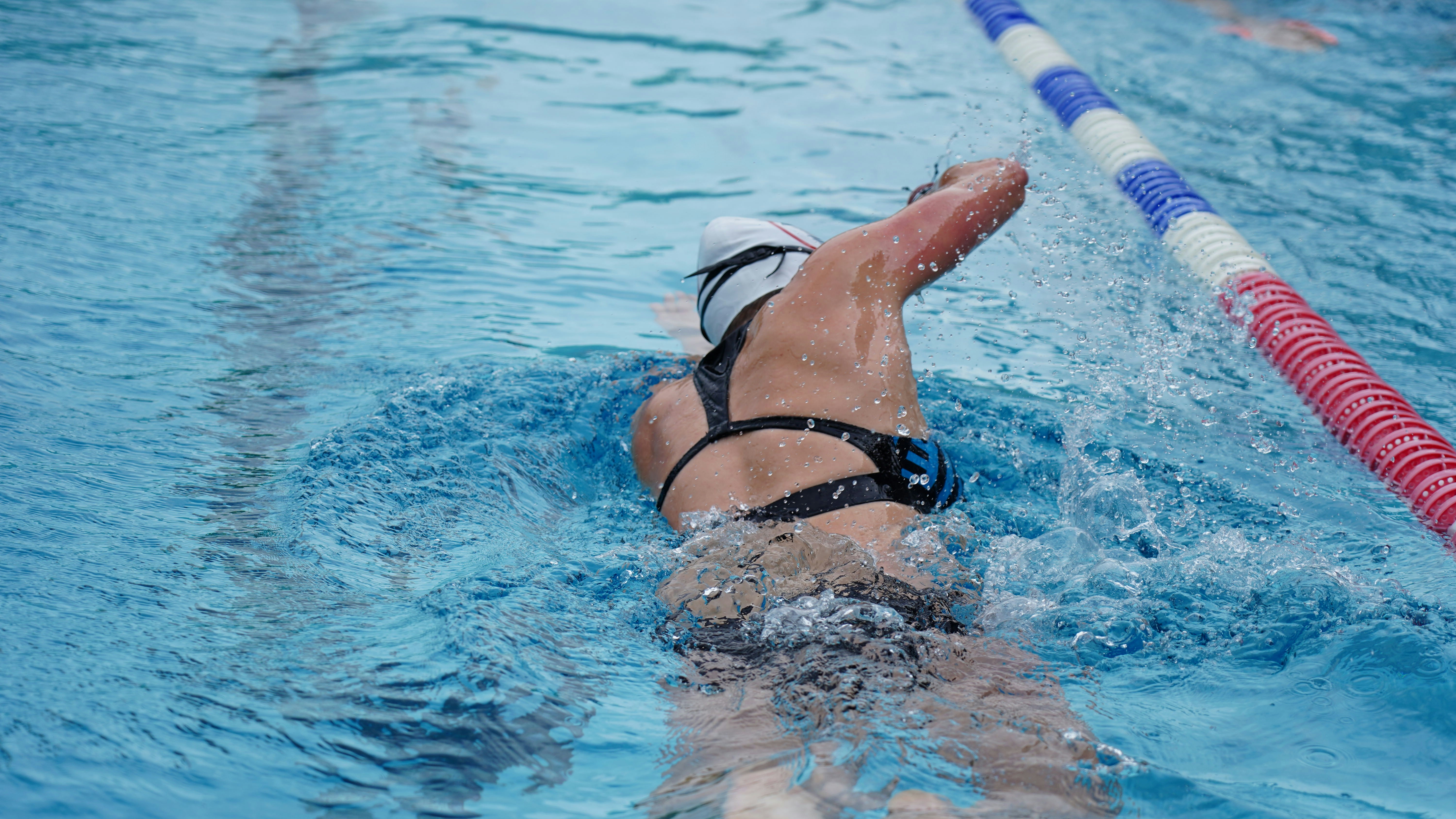
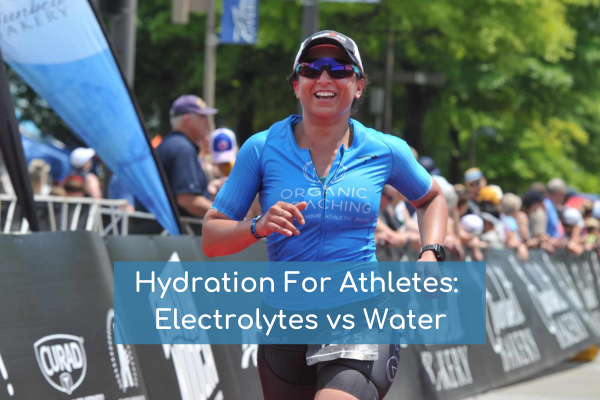
The human body is made up of 55 to 75% water which is an essential nutrient for survival. This is why we are going to learn more about hydration for athletes. To start off water helps your body:
Well… it depends. Although there is no recommendation of how much plain water you need to consume daily, The National Academy of Sciences recommends men consume 3.7 liters and women 2.7 liters of fluids per day. This can come from plain water, decaffeinated beverages, and foods (soups, dairy, fruits, and veggies). It is important to note, however, this is not a one size fits all approach. Everyone’s fluid needs will vary based on your unique needs as an individual, your sweat rate, and your sweat concentration.
Sweat rate varies considerably from person to person as well as for the same individual in different environmental conditions, training intensity, equipment/ clothing, genetics, and heat acclimation. I recommend testing your sweat rate in a variety of conditions to help guide your hydration strategy in different scenarios.
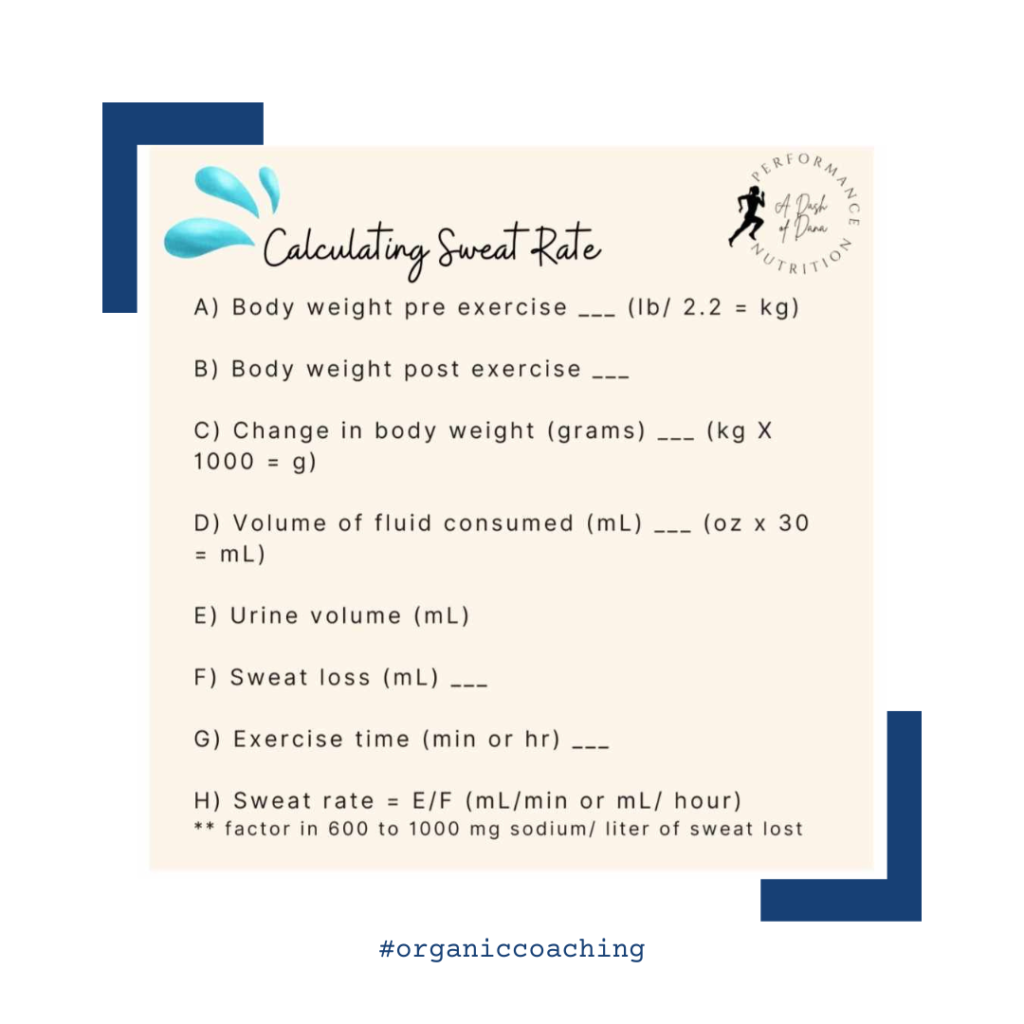
The next factor of sweat is that it is not just made up of water. Sweat is made up of water and electrolytes (sodium, chloride, magnesium, potassium, and calcium). The predominant electrolyte lost in sweat is sodium. An average sodium loss in sweat is 1000 mg per liter of fluids lost; however, it can range from 250 mg to 3000 mg per liter!
The simplest way to tell if you are hydrated is by looking at the color of your urine. You are aiming for a pale, light yellow (like the color of lemonade). Dark yellow urine is a sign of dehydration; for example, your first void in the morning is more concentrated from not having fluids through the evening. Brown-colored urine is a medical emergency and a reason to seek medical attention.
There is a risk of over-hydrating with plain water which causes the concentration of sodium in your blood to become diluted. This causes your cells to swell and cause
As an endurance athlete, competing in marathons, ultramarathons, triathlons, and long-distance, high-intensity activities you are at higher risk for hyponatremia.
Premenopausal women are at the greatest risk of hyponatremia-related brain damage, which is thought to be in relation to female sex hormones’ role in balancing sodium. Understanding your sweat rate and concentration can help you develop a personalized hydration protocol during training; drinking to thirst is also a way to ensure you are not overhydrating.
Dehydration is characterized as just 3% of body weight loss from fluid depletion. A 1-2% loss is associated with decreased cognitive function and psychomotor skills. A 3-4% loss decreases performance (muscle endurance and strength), increases respiration, and causes headaches, irritability, and sleepiness; it also increases basal temperature in children. A deficit of 8% or more can cause death; however, there is some research showing athletes tolerating a 10% deficit.
As an athlete, your ability to tolerate dehydration is highly variable on the individual and likely on different days in different climates. For premenopausal females, the level of dehydration tolerance can likely change throughout your menstrual cycle as well as basal body temperature increases during your luteal phase (second phase of your cycle).
Menopausal females also have a higher incidence of dehydration as body water decreases by about 6 liters (or 15%) between the ages of 20 and 80 years old. Thirst sensation also decreases which can make it more difficult to stay on top of hydration using internal cues. This is why as you enter menopause, you may be less tolerant to heat.
The American College of Sports Medicine recommends drinking enough during exercise to prevent >2% body weight loss from water deficit rather than drinking to 100% replace fluid losses. This can be determined based on your individual sweat rate.
-Dana Eshelman, MS, RDN, CSSD, METS I
READ MORE: HYDRATION SYSTEMS FOR TRIATHLON BIKES
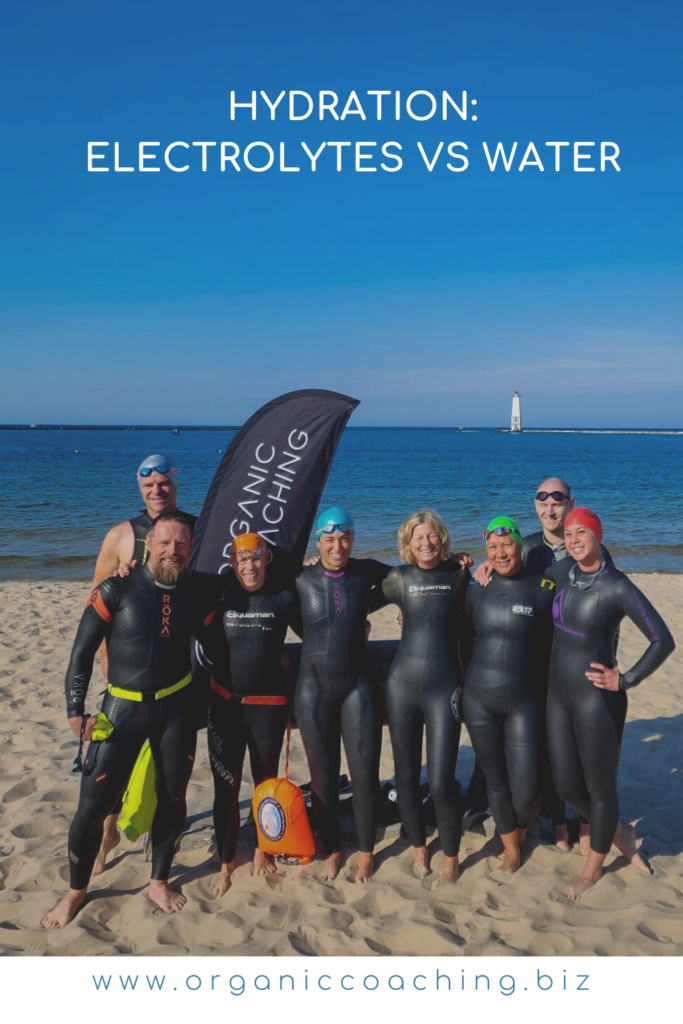
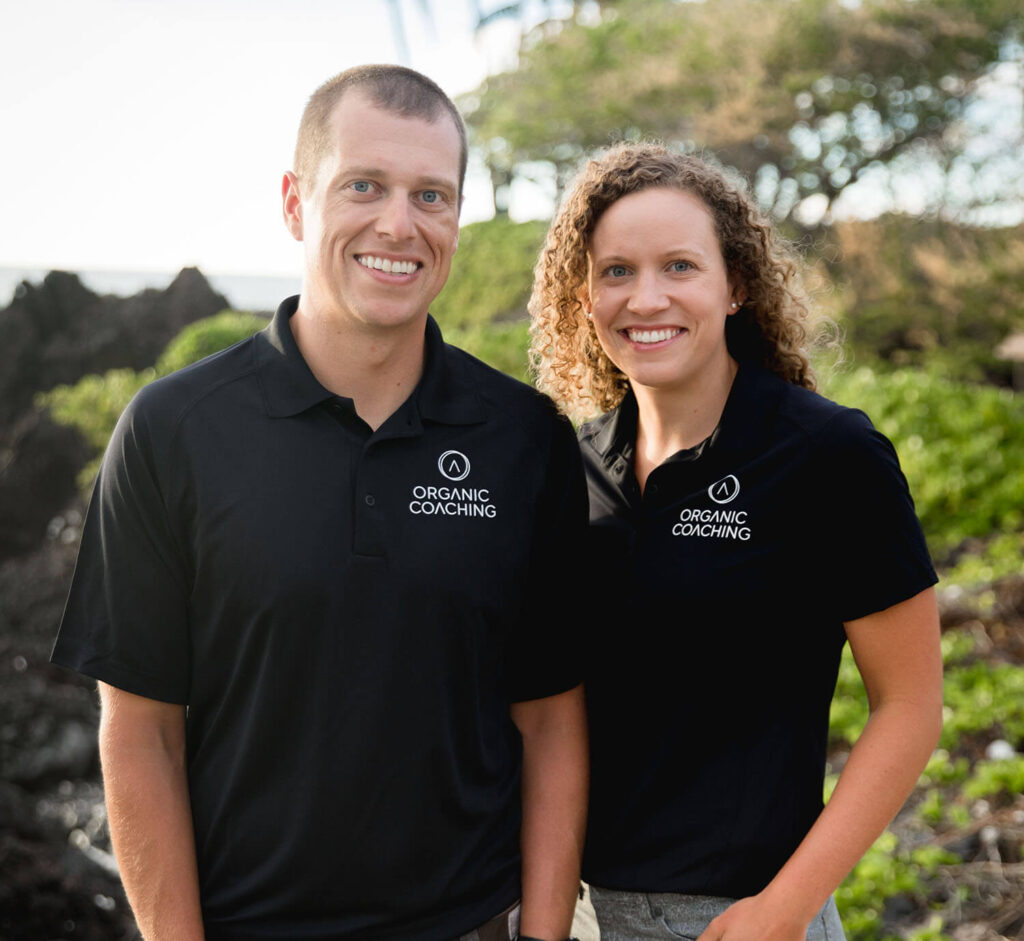
Carly and Tyler Guggemos built Organic Coaching in 2014 with a simple philosophy that works. The idea is to take what you have and grow it to get faster, fitter and stronger. And to do it with the time you have – not the time you wish you had.

For athletes who are ready to take their training to the next level while still thriving and succeeding in their professional and family life.
Copyright © 2024 Organic Coaching LLC